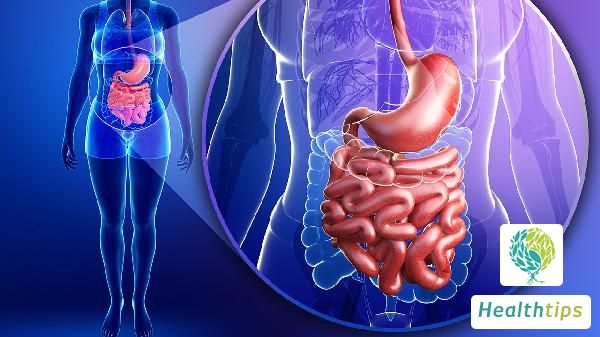What Tests Are Conducted During the Third Month of Pregnancy?
At three months of pregnancy, which is still considered early pregnancy, it is generally recommended to establish a medical record at the hospital and undergo regular check-ups to allow doctors to promptly detect any abnormalities in fetal development. The types of checks conducted during early, mid, and late pregnancy vary significantly. For instance, during the second trimester, more emphasis is placed on screening for fetal anomalies.

So, what are the main items to be checked during the three-month pregnancy? Prenatal examination refers to a physical examination conducted by a couple before preparing for pregnancy to ensure the birth of a healthy baby and achieve optimal birth outcomes. Unlike routine physical examinations, prenatal checks focus primarily on reproductive system and genetic factors.
Undergoing prenatal examination together as a couple is a fundamental guarantee for the lifelong health of the child. A healthy baby is the product of a healthy sperm and egg combination, hence the importance of male examination as well. The optimal time for prenatal examination is 3 to 6 months before pregnancy.
The first prenatal visit, typically at 12 weeks of pregnancy, involves a comprehensive assessment of the mother's health and fetal growth and development. It is important to remember to have an empty stomach before the visit. The examination covers a wide range of items in detail, so patience is required.
During this month, the first official prenatal visit is conducted, and a "mother-child health record" is established for systematic documentation of prenatal check-ups. The first prenatal visit involves a relatively large number of items, including a comprehensive assessment of the mother's health and the exclusion of various types of miscarriage such as ectopic pregnancy and hydatidiform mole.
For those who have not undergone pre-marital or prenatal examinations before, screening for thalassemia should be added. For those who have pets at home, parasite testing should also be included. The main items of prenatal examination at three months of pregnancy include:
1. Height Measurement: This is only measured once throughout the entire pregnancy. Doctors estimate whether your weight is too heavy or too light based on your height and weight ratio, as well as the size of your pelvis.
2. Weight Measurement: This is a mandatory item for every prenatal visit. It indirectly assesses fetal growth through the mother's weight. The average weight gain during pregnancy is approximately 12.5 kilograms, with an average weekly gain of 0.5 kilograms in the late stages. However, individual differences may exist.
3. Blood Pressure Measurement: This is a mandatory item for every prenatal visit. High blood pressure is one of the symptoms of preeclampsia, which can affect fetal growth and development.
4. Inquiry into Medical History: This involves inquiring about any illnesses experienced by the mother and her family members, exposure to harmful substances within the past six months, menstrual history, and marital history.
5. Fetal Heartbeat Monitoring: By the 12th and 13th weeks of pregnancy, the fetal heartbeat can be heard. Hearing the fetal heartbeat confirms that the fetus is alive.



















